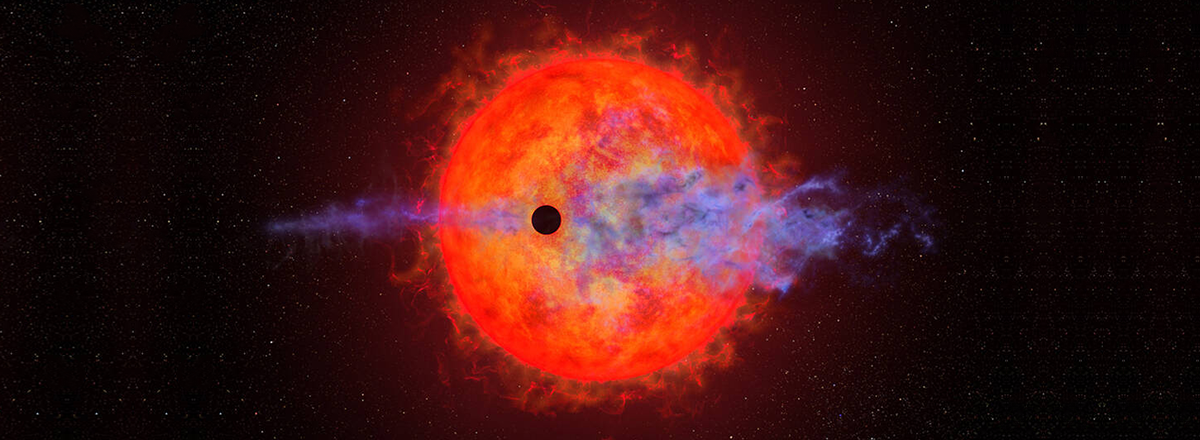Hubble Captures a Star Blasting a Planet's Atmosphere Away
This remarkable event, unfolding in the system known as AU Microscopii, located just 32 light-years away, showcases the interplay between a planet and its parent star in a truly extreme setting.

NASA's Hubble Space Telescope has witnessed a young exoplanet's atmosphere being eroded by the intense energy bursts of its host star. This remarkable event, unfolding in the system known as AU Microscopii (AU Mic), located just 32 light-years away, showcases the interplay between a planet and its parent star in a truly extreme setting.
AU Mic is a red dwarf star, smaller and cooler than our Sun but prone to much more active nuclear reactions, leading to frequent and potent energy flares. The proximity of its planet, AU Mic b, means it endures a constant barrage of radiation. This energy onslaught is so intense that it causes the hydrogen atmosphere of AU Mic b to evaporate and puff away from the planet.
The close proximity of AU Mic b to its star, combined with the star's vigorous flaring activity, subjects the planet to extreme conditions. These conditions raise questions about the survivability of planets in such environments and the ultimate fate of planets that lose their atmospheres.

